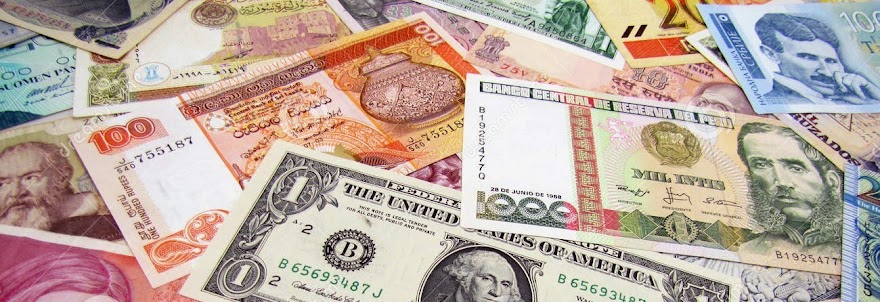The story of banknotes of India is known since 1770 (Razack et al. 2012). Bank of Hindostan (1770-1832) was supposedly noted as the first issuer of the currency notes in India by (Symes 1904). Razack et al. (2012) also reports that the only known dates of the survived notes are 5th January 1827 and 28th November 1828. The first note can be found in the collection of Mr Rezwan Razack (Chairman of IBNS-Indian Banknote Chapter) and the second note, in the SBI Museum situated in Kolkata. There is no information about exact dates of issues of other types (Razack et al. 2012) apart from the above information.
It is known that the, Bank of Bengal was established as Bank of Calcutta in 1806. The name later changed to the Bank of Bengal after receiving the Charter in 1809 by Lord Gilbert Minto, Governor General of India. The bank issued three broad characteristic types called as,
Uniface Series, Commerce Series and
Britannia Series (Shaikh et al. 2009). The
Uniface Series thus, sets the direction to consider the era between 1810-1824, is the main area of this research. In other words, the earliest date on the surviving banknote of
Uniface Series of Bank of Bengal will answer this question.
After looking the museum collection, private collections and Standard Reference guide of Indian Paper Money (Razack et al. 2012). Following notes are known which will substantiate the answer.
n.1: 250 Sicca Rupees, Type 1, Serial Number centre left. The signature which is below the denomination panel is of Henry Tyler (Refer: Charter Copy of 1809). The handwritten date on this example is 22nd October 1813.
n.2: 500 Sicca Rupees, Type 2, Serial number top left. Signed by Henry Tyler. The manuscript date on the currency note has tiny ink burn on the last digit of the year (181X). The readable date is 30th December 1810, if the handwriting expert opinion is considered. Image Curtsey: Rezwan Razack, Bangalore.
n.3: 250 Sicca Rupees, Type 1. The manuscript date is faded but still it can be read clearly. The date on the banknote is: 23rd October 1812. Image Curtsey: Ram Kumar.
The above three examples states that, the known dates so far are in the order: 30th December 181X (X=0?) 23rd October 1812 and 22nd October 1813. It is a matter of opinion to prove that in n.2, the 181X (X = 0). In my opinion it is obvious that the earliest date on the banknote of India which has survived is n.2. If n.2 is confirmed by the relevant expert that it has date of issue, 30th December 1810, it will prove n.2 as the earliest surviving banknote of India. A similar looking example of n.2 can be found in the RBI Monetary Museum (see below):
A similar looking example of 500 Sicca Rupees banknote as in n.2, dated 6th June 1818. Image Curtsey: RBI Monetary Museum.
Improvements or new discoveries are welcomed by the author for revisions.
Notes & References:
The above article has in-text citations using Harvard Referencing Technique. The list is provided here:
1. Razack, R., Jhujhunwalla, K. (2012) The Revised Standard Reference Guide of Indian Paper Money, Currencies & Coins, Mumbai.
2. Symes, GP Scutt (1904) The History of Bank of Bengal Bank of Bengal Publication.
3. Shaikh, B., Srinivasan, S. (2009) The Paper & The Promise Reserve Bank of India Publication, 9th ed.























